Heating : automate your heating system
This post’s the first of a list of 6 posts about optimizing heating sytem of your home. Your neighbour is going to envy you, although your bill’s going to thank you.
This series is also up in the context of my new RT2012 house building (see photos story here) with a fairly standard equipment for this type of building :
- a gas condensing boiler with a set of probes
- a heating system (normally) calibrated by the installer
- a floor heating on the ground floor
- low temperature radiators in the rooms upstairs
- an extra electric towel dryer in the ground floor bathroom
Can this heating system be optimized? What can be the benefits ? Those are what we’re going to speak about in the following posts.
The boiler
I haven’t been able to choose the boiler that’s been installed. It’s one of those drawback when you’re build your house with a constructor.
My setup is :
- a condensing boiler Chaffoteaux Talia Green
- a thermal module MCD IV to manage two thermal zones (ground floor + 2nd floor heating radiators)
- two room thermostats (1 Expert Control, 1 Zone Control)
They use a bus and a proprietary Chaffoteaux protocol . It won’t help to connect smarthome controller to the boiler. - an outdoor temperature sensor.
There are many electronics and sensors in those devices. The set normally allows optimum control over internal and external temperatures. This optimization of the regulation is promoted today by the manufacturers because it’s valuable during thermal study of the house, extra points are awarded if the whole indoor / outdoor regulation is implemented. Some added electronics that allows a manufacturer to put a little less insulation in the crawling …
Although it’s not the top of the boiler, I’m satisfied with this product. It’s technologically advanced device, consumption actually seems to be small, and so far I had no problem with it. The expected features are also present : daily schedule by zone, vacation mode, temperature display, gaz consumption history.
 But at this smartphone era, I would like a smarter product with a web connection, a history in the cloud, control and remote settings. The connection of the boiler through smarthome controller will add those features. In a second set, it’s also conceivable to set an intelligent control in the manner of a NEST thermostat, Qivivo, Netatmo, etc … But at this smartphone era, I would like a smarter product with a web connection, a history in the cloud, control and remote settings. The connection of the boiler through smarthome controller will add those features. In a second set, it’s also conceivable to set an intelligent control in the manner of a NEST thermostat, Qivivo, Netatmo, etc …
Connection to smarthome controller will be described in the second article of that series. |
Heating system calibration
The boiler provides access to many control values and other parameters, about a hundred. Some of these parameters must be finely adjusted for your own home to optimize the performance of the global heating. In case this is done incorrectly, The result can be a poor heating quality (I’m cold, I’m hot), and an increased consumption.
During boiler installation, this is a specialist in boiler setup and startup that has performed this tuning of parameters and explained the way to use the boiler. It’s not possible to define the best settings for the boiler during those few tens of minutes of heating. So he put standard values, often the default settings of the boiler.
In my case it produced a cold feeling : the boiler was set too low, then impossible to reach the required temperature setpoint.
Then before thinking about automation, it’s essential to ensure that the main element, the boiler, is set properly and provide the best performance.
| Having a look to boiler setup, user manual in hands, permits to optimize its behavior in relation with your home, more comfort, less consumption. No need also to call back the heating contractor. This will be described in the third post of the series. |
Floot heating
Maybe you’ve already heard that floor heating is great, but it’s a little tricky to set up and regulate. Indeed, floor heating is based on heat storage in the slab, heat coming from low temperature heated water. Heating time is longer and the water temperature has to be regulated very precisely.
Recent boilers ensure good management and regulation of floor heating without much effort. Can this type of heating can be managed by external smarthome controller without side effects?
| The fourth post concerns the control floor heating, why controlling it isn’t a problem with recent boiler and how to do it. |
 Heating with low temperature radiators
Heating with low temperature radiators
Those good old radiators have evolved to adapt to RT2012 norms : larger radiators with lowest temperature water. Because water is cooler, performance of the system is better.
My first floor is equipped with 4 low temperature water radiators, including one in the bathroom. I received also 4 thermostatic valves, which I had quickly removed. Comfort and energy efficiency with this type of heating means management room by room :
- how to properly regulate the temperature of 4 rooms, especially when the doors are closed, with only one thermostat in the hallway ?
- Why heating the bathroom all day at 22°C and regardless of people there, whereas we need such a temperature a few hours in a day ?
| The following post (already the fifth) speaks about a method to smartly control temperature room by room when having radiators. Controlling the boiler is also performed in regards of the heating need of the rooms. |
The Electric towel dryer
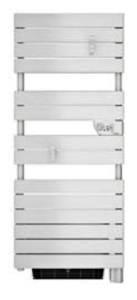
Problem with floor heating is that all rooms are at the same temperature. Unfortunately the man the woman wants few degrees warmer in the bathroom.
I had an electric towel dryer installed in ground floor bathroom (probably because RT2012 norm requires it). Automation of dryer will allow to optimize the heating period in regards to the use of the bathroom.
| This sixth post is therefore about controlling an electric towel dryer to optimize heating period. |

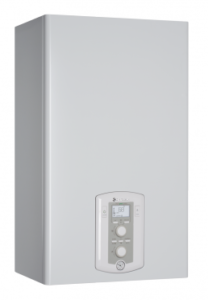
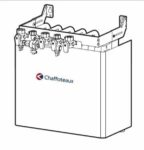
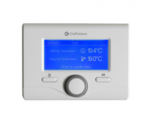
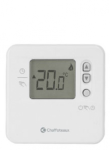
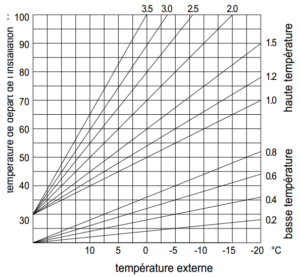
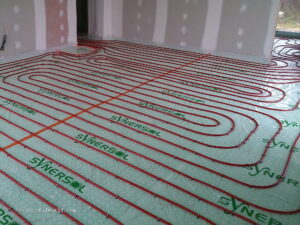
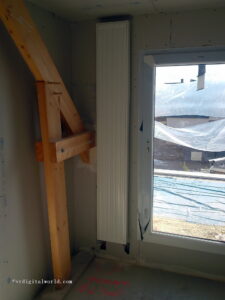
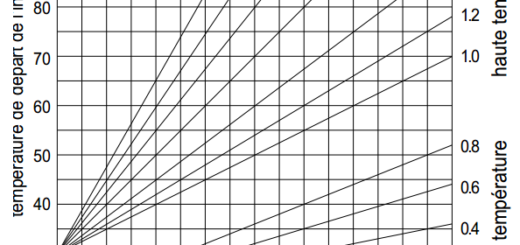
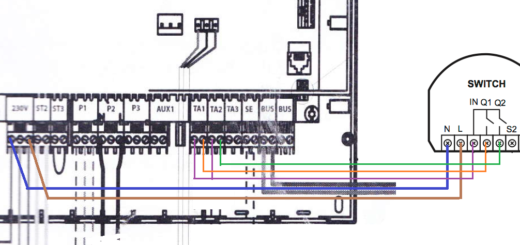
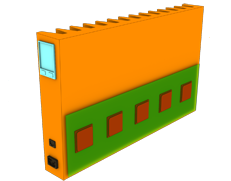
je suis aussi curieux de lire la suite. Je pense avoir domotisé un maximum de chose dans la maison. Mais, possédant une pompe a chaleur avec chauffage par le sol, je suis soumis à 2 problématiques:
– la première et pas des moindre, de marque AIRWELL, celle ci n’est pas adaptable par nest, qivio ou netatmo. Oui ! protocole propriétaire oblige 🙁
– la 2e, et tu le soulignes ici, c’est l’inertie de près de 8h. en clair, tu chauffes la maison pendant que tu es au travail. Donc la PAC par son facteur de conversion est economique mais dispendieuse par son inertie. Même si cette chaleur diffuse et régulière dans chaque coin de la maison est incommensurable. La seul chose que je pourrais faire eventuellement, est mettre un on/off au niveau du tableau pour couper qd je pars en vacances et réchauffer avant de revenir. Sans cela peu d’interet. A mon avis…
Un bon teaser 🙂 je reviendrai lire la suite avec intérêt
N’est-ce pas 🙂
J’attaque la suite …
Bonjour,
J’ai la même configuration que toi (au sèche serviette électrique près).
Je suis curieux de lire la suite de tes articles.
Bonjour et merci pour le commentaire. Il me donne un peu de baume au coeur pour sortir les prochains articles rapidement 😉